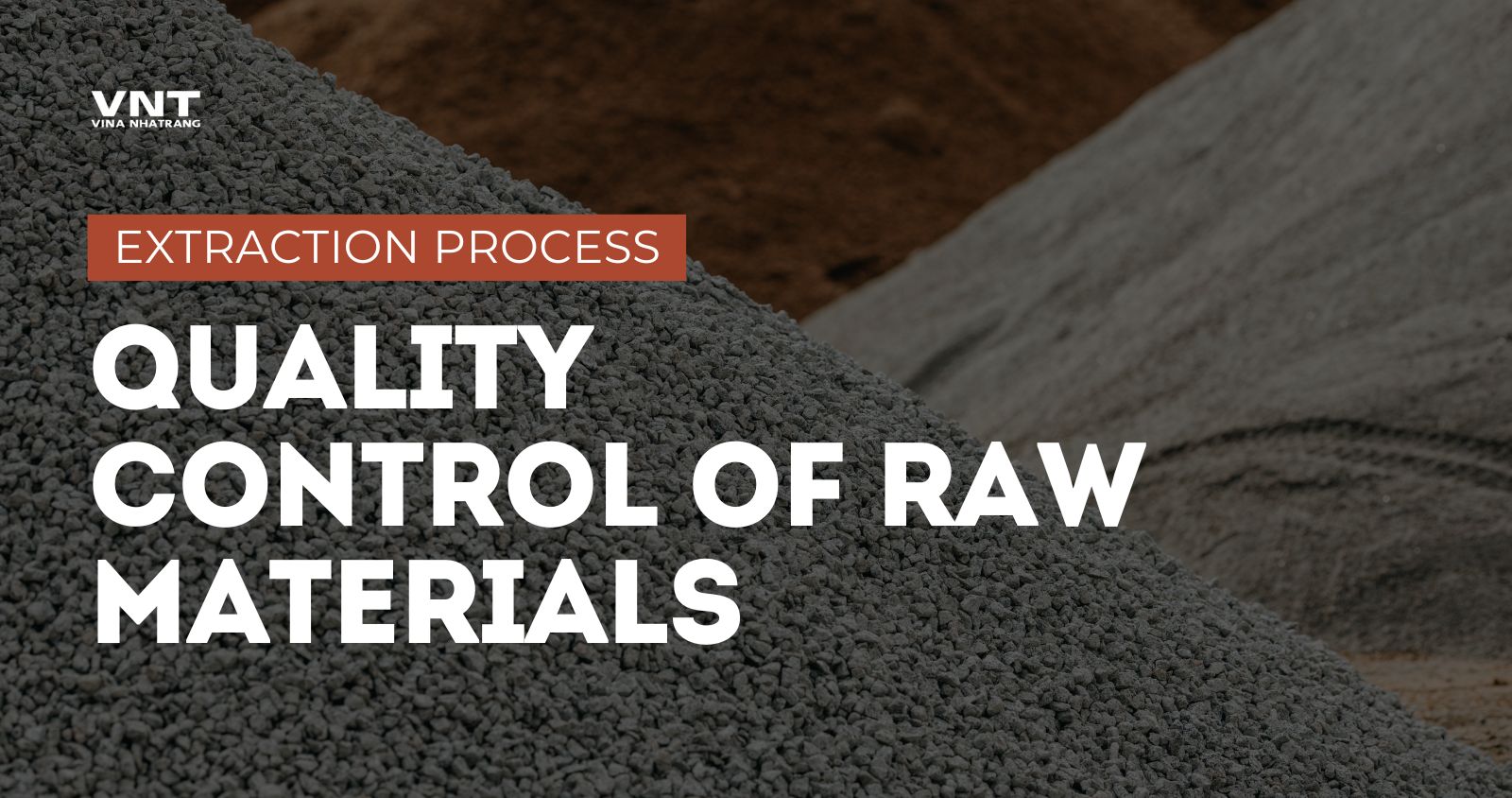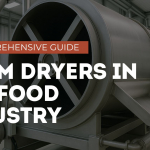The quality control of raw materials in extraction plays a crucial role in ensuring the safety, efficacy, and consistency of extracted products. Whether in pharmaceuticals, food processing, herbal extracts, or essential oils, maintaining stringent quality standards is imperative to prevent contamination, enhance yield, and comply with regulatory guidelines.
Importance of Quality Control in Extraction Plants
The quality of raw materials directly affects the final product’s purity, safety, and efficacy. Quality control is important because:
- Ensures Consistency – Maintaining uniform characteristics in raw materials improves process efficiency.
- Prevents Contamination – Detecting heavy metals, pesticides, and microbial contaminants safeguards consumer health.
- Meets Regulatory Standards – Adhering to industry regulations avoids legal penalties and product recalls.
- Enhances Extraction Yield – Using high-quality raw materials improves extraction efficiency and reduces waste.
- Improves Product Shelf Life – Contaminant-free products have longer storage stability.
Key Parameters for Quality Control of Raw Materials
Physical Parameters
- Appearance, color, odor
- Particle size distribution
- Moisture content
- Density and viscosity
Chemical Parameters
- Active ingredient concentration
- Presence of contaminants and heavy metals
- Residual solvents
- pH level
Microbiological Parameters
- Total bacterial count
- Fungal and yeast contamination
- Pathogen screening (Salmonella, E. coli, etc.)
Testing these parameters helps ensure the extracted product remains safe and effective.
Testing for Purity and Contaminants
To maintain high-quality standards, extraction plants conduct rigorous testing to evaluate raw materials. Common tests include:
Physical and Sensory Analysis
- Color, Odor, and Texture – Visual and sensory inspection of raw materials to detect abnormalities (e.g., moldy herbs or discolored seeds).
- Particle Size Analysis – Ensures uniform size distribution for efficient extraction (used in herbal and food industries).
Chemical Analysis
- Gas Chromatography (GC) – Identifies volatile compounds in essential oils and organic solvents.
- High-Performance Liquid Chromatography (HPLC) – Determines the purity of pharmaceutical and food extracts.
- Fourier-Transform Infrared Spectroscopy (FTIR) – Detects functional groups in organic compounds for material verification.
- Mass Spectrometry (MS) – Identifies molecular composition, useful in detecting contaminants.
Heavy Metal and Toxin Testing
- Atomic Absorption Spectroscopy (AAS) – Measures heavy metal content like lead (Pb), arsenic (As), and mercury (Hg).
- Inductively Coupled Plasma Mass Spectrometry (ICP-MS) – Highly sensitive detection of metal contaminants.
Microbiological Testing
- Total Plate Count (TPC) – Determines bacterial contamination levels in raw plant-based materials.
- Yeast and Mold Testing – Ensures fungal contamination is within acceptable limits.
- Pathogen Testing – Identifies harmful bacteria like Salmonella, E. coli, and Listeria in food and pharmaceutical raw materials.
Moisture and Solvent Residue Testing
- Karl Fischer Titration – Measures moisture content in raw materials, crucial for preventing spoilage.
- Residual Solvent Analysis – Ensures solvent residues like hexane and ethanol in extracts meet safety limits.
Certification and Industry Standards
Various organizations set industry standards to ensure the quality and safety of raw materials used in extraction plants. Key certifications include:
Food Industry Certifications
- USDA Organic – Certifies raw materials as free from synthetic pesticides and GMOs.
- FDA Food Safety Modernization Act (FSMA) – Establishes safety standards for food raw materials.
- HACCP (Hazard Analysis and Critical Control Points) – Prevents contamination in food processing.
Pharmaceutical Industry Certifications
- Good Manufacturing Practices (GMP) – Ensures consistency and quality in drug manufacturing.
- Pharmacopeial Standards (USP, EP, BP) – Establishes purity benchmarks for pharmaceutical raw materials.
Chemical and Industrial Standards
- ISO 9001 – Focuses on quality management in chemical and industrial extraction plants.
- REACH (Registration, Evaluation, Authorisation, and Restriction of Chemicals) – EU regulation for safe chemical usage.
Environmental and Sustainability Certifications
- Fair Trade Certification – Promotes ethical sourcing of raw materials like cocoa and coffee.
- Rainforest Alliance Certified – Ensures sustainable farming practices for plant-based extracts.
- ISO 14001 – Focuses on environmental management in industrial extraction processes.
Best Practices for Ensuring High-Quality Raw Materials
To maintain superior quality, extraction plants must implement strict quality control measures, including:
Supplier Audits and Verification
- Conducting on-site inspections to verify raw material sources.
- Ensuring suppliers adhere to quality and safety regulations.
Proper Storage and Handling
- Keeping raw materials in temperature-controlled environments to prevent spoilage.
- Using airtight containers to prevent oxidation and microbial growth.
Batch Testing and Traceability
- Performing batch-wise quality testing before processing raw materials.
- Implementing traceability systems to track materials from source to final product.
Compliance with Regulatory Authorities
- Regularly updating quality control protocols based on changes in industry regulations.
- Collaborating with third-party testing labs for independent verification.
Use of Advanced Analytical Technologies
- Investing in state-of-the-art testing equipment for real-time quality assessment.
- Adopting AI-driven quality monitoring systems to detect anomalies in raw materials.
Future Trends in Raw Material Quality Control
Emerging trends in quality control are improving efficiency and accuracy in raw material testing:
- Blockchain for Traceability – Ensuring transparency in raw material sourcing and quality verification.
- AI-Based Quality Inspection – Using machine learning to detect defects in raw materials instantly.
- Non-Destructive Testing (NDT) – Advanced spectroscopy techniques to analyze raw materials without altering them.
- Automated Quality Control Systems – Robotics and AI reducing human error in quality assessment.
Conclusion
Quality control of raw materials is a vital aspect of extraction plant operations. Strict testing for purity, certification compliance, and advanced analytical methods help prevent contamination, ensure product safety, and maintain industry standards. As technology advances, AI, blockchain, and automated systems will further enhance quality control, ensuring the production of high-quality extracted products in a sustainable and efficient manner.




